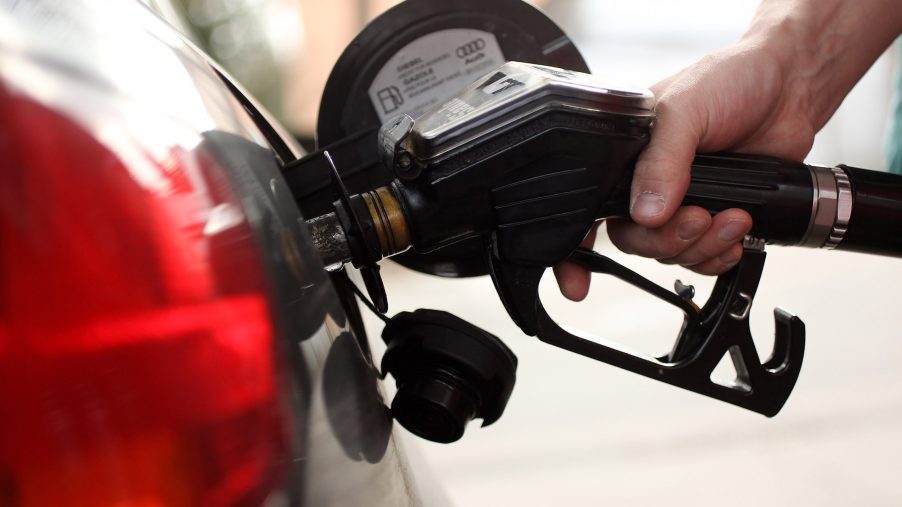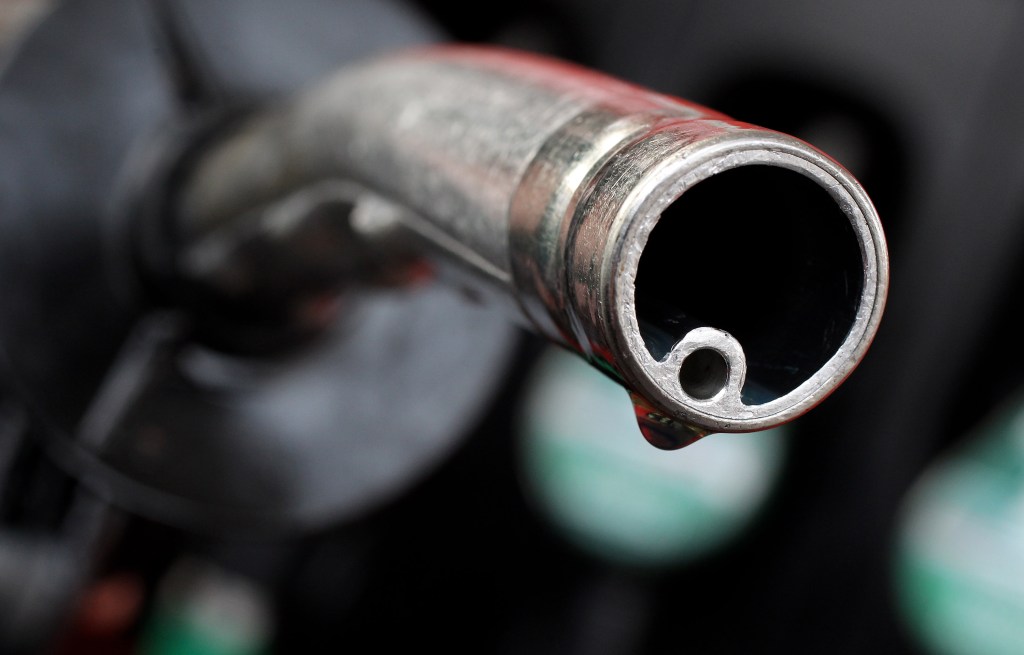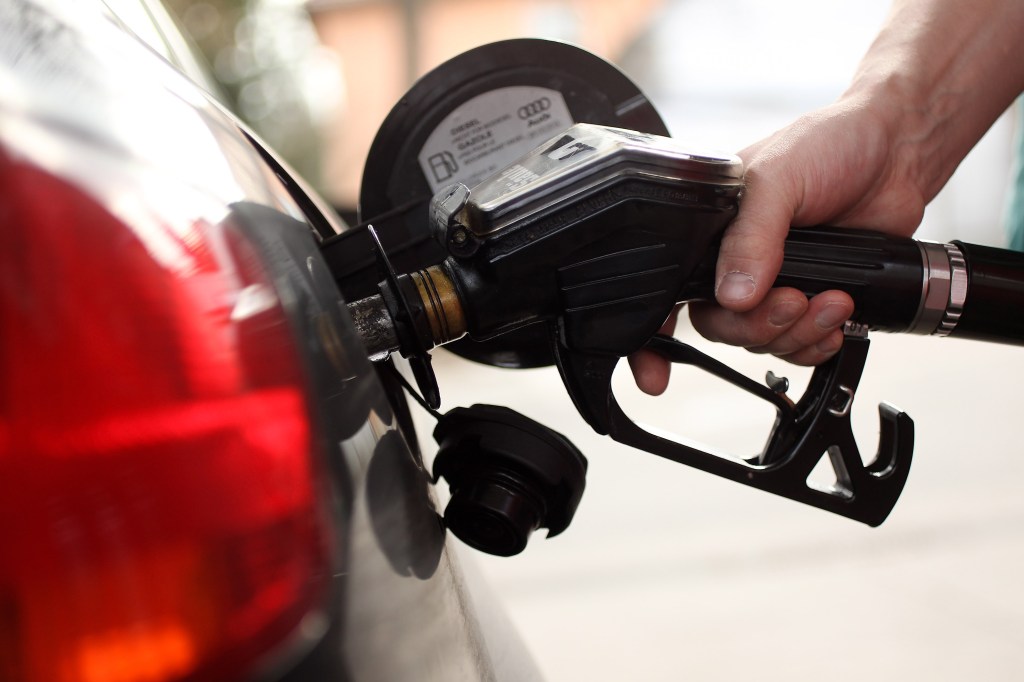
How Does the Gas Pump ‘Know’ When Your Car’s Tank Is Full?
If you have ever filled up your car’s gas tank, then you have probably heard the loud “thud” that occurs when the gas tank is full. That’s actually not your car telling you that the tank is full, rather, it’s the pump instead. But how does the pump know when the tank is full?
There’s some science involved when pumping gas into your car

To understand how a gas pump knows when the car’s tank is filled up, then you’re going to have to get your science “thinking cap” on. It’s easy to think that the pump shutting off is just a result of a small switch or sensor on the pump, but that’s only partially right.
According to Optima Environmental Sciences, the gas pump shuts off due to the “Venturi Effect,” which is when there is a reduction in fluid pressure when a fluid flows through a constricted section of a pipe.
It’s kind of like when you put your thumb over a garden hose that’s spewing out water. Blocking the hose increases the pressure inside of it, which in turn speeds up the velocity of the water coming out of the end of the hose. But what does this have to do with filling up your car’s gas tank?
The pressure lets the gas pump know

Now that we’re familiar with the Venturi Effect, we can take a closer look at what happens when you’re waiting for the pump to fill up the car while you watch TV on the pump’s monitor. While you’re waiting, and the gas tank is filling up with gasoline, there is a small tube within the gas pump that’s pumping the air out of the tank.
According to Reader’s Digest, when a tank is filled with gasoline, it’s replacing the air that’s in there with the liquid that’s going in. The more gas that’s in the tank, the more air needs to come out. That’s where that small tube inside the gas pump comes into play.
At the end of that small tube inside the pump is a diaphragm that fills with air. When the fuel tank gets closed to being filled, that little tube sucks up the gas. And when the pump sucks up the gas, it evens out the pressure and creates a small suctioning force (the Venturi Effect), which in turn triggers the pump to shut off.
Remember not to “top off” when filling up your car’s tank
Now that you’re familiar with what happens when you fill up your car’s gas tank, you can probably understand why it’s not a good idea to “top off,” or pump more gas when it’s full. According to Clark.com, once a gas tank is full, there is no way to add more gas.
In fact, if you pull the pump handle when the tank is already filled up, the pump will pull that extra gas back into the station’s tank. That means you’re technically wasting money by thinking that you’re pumping more gas into the tank when in actuality, that’s not the case.



